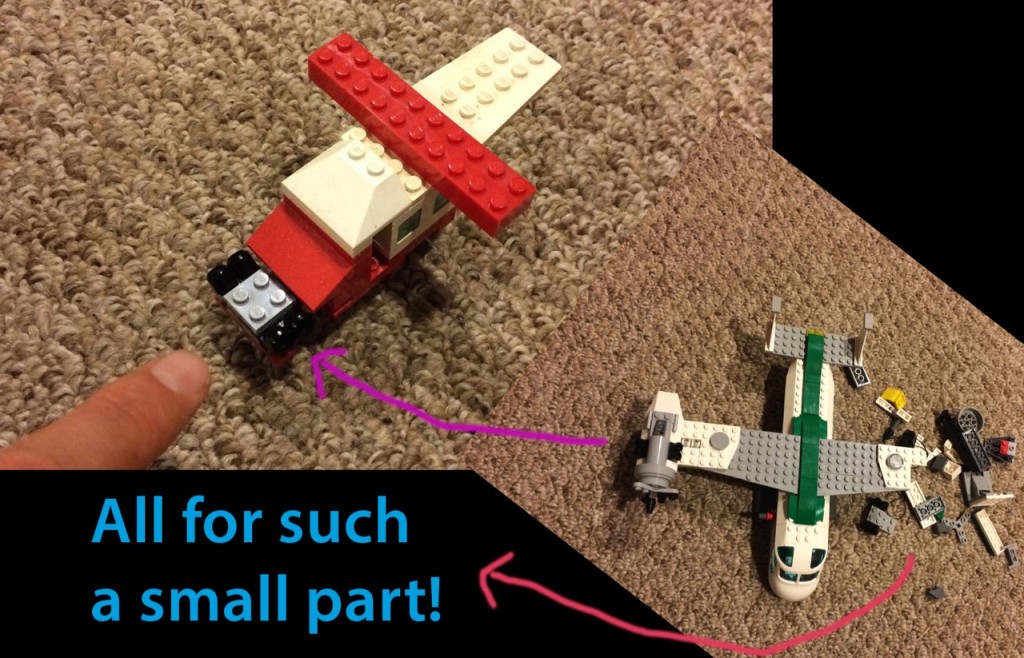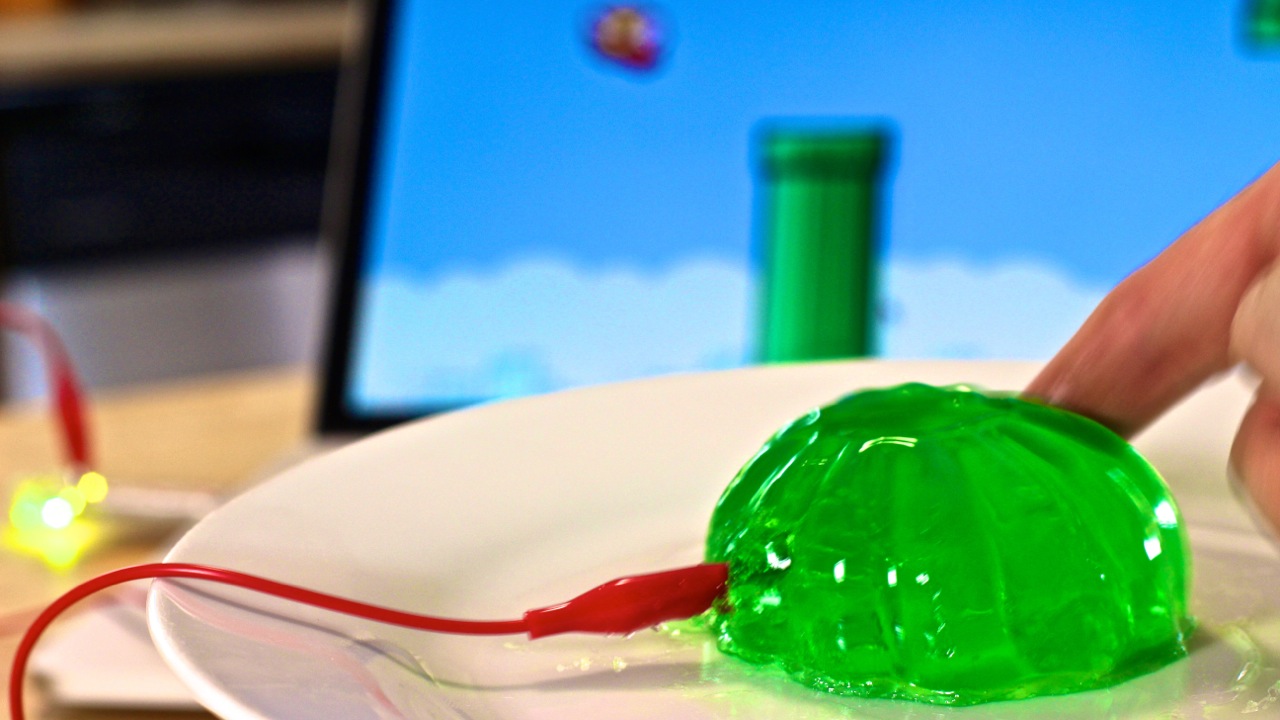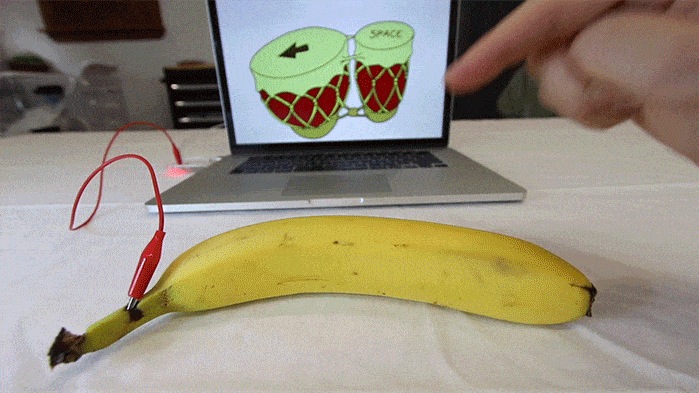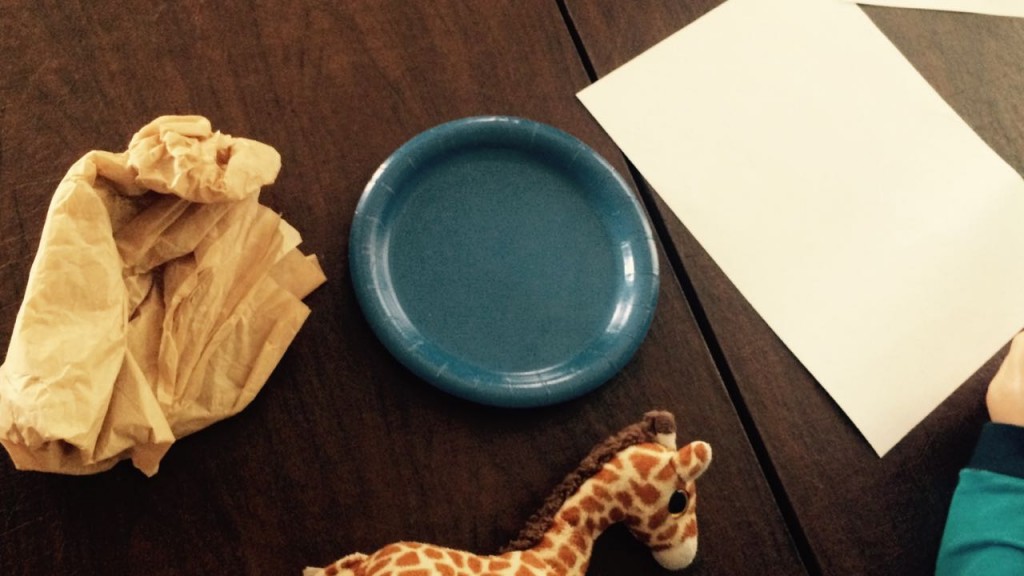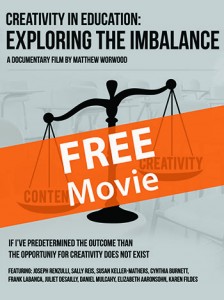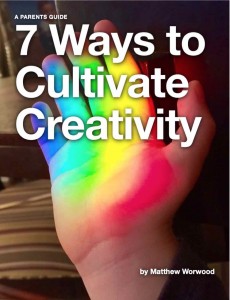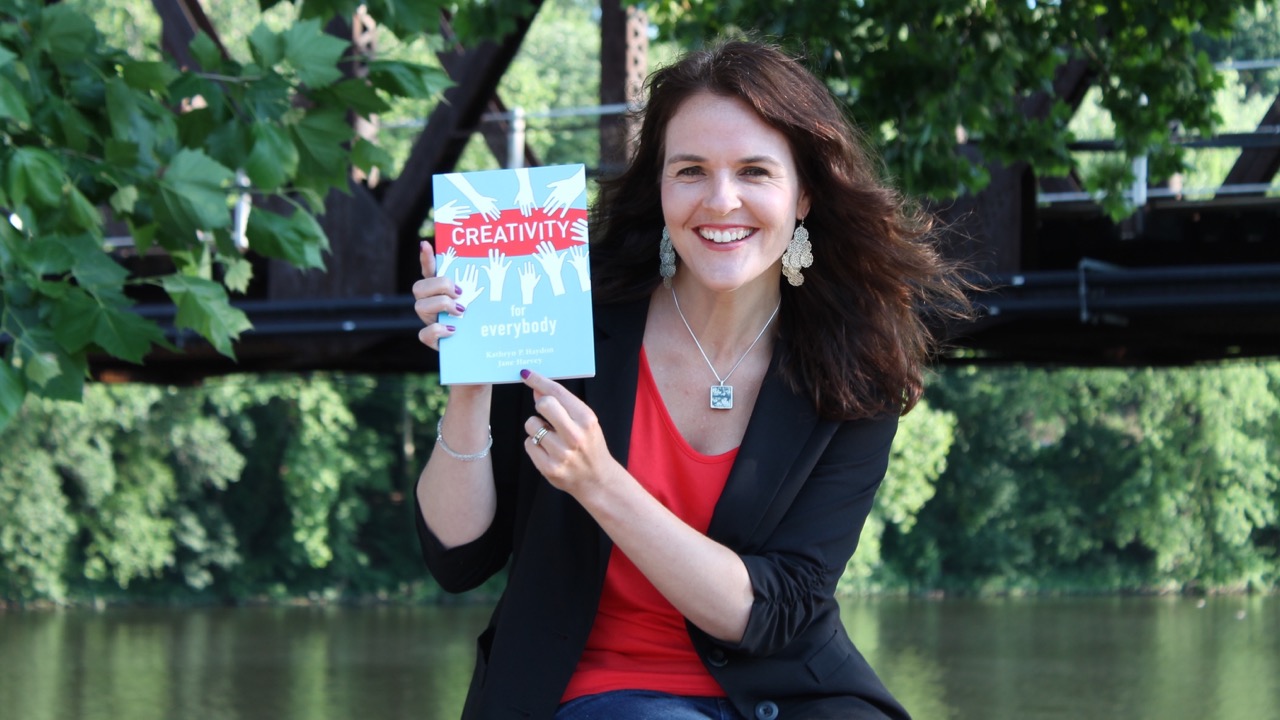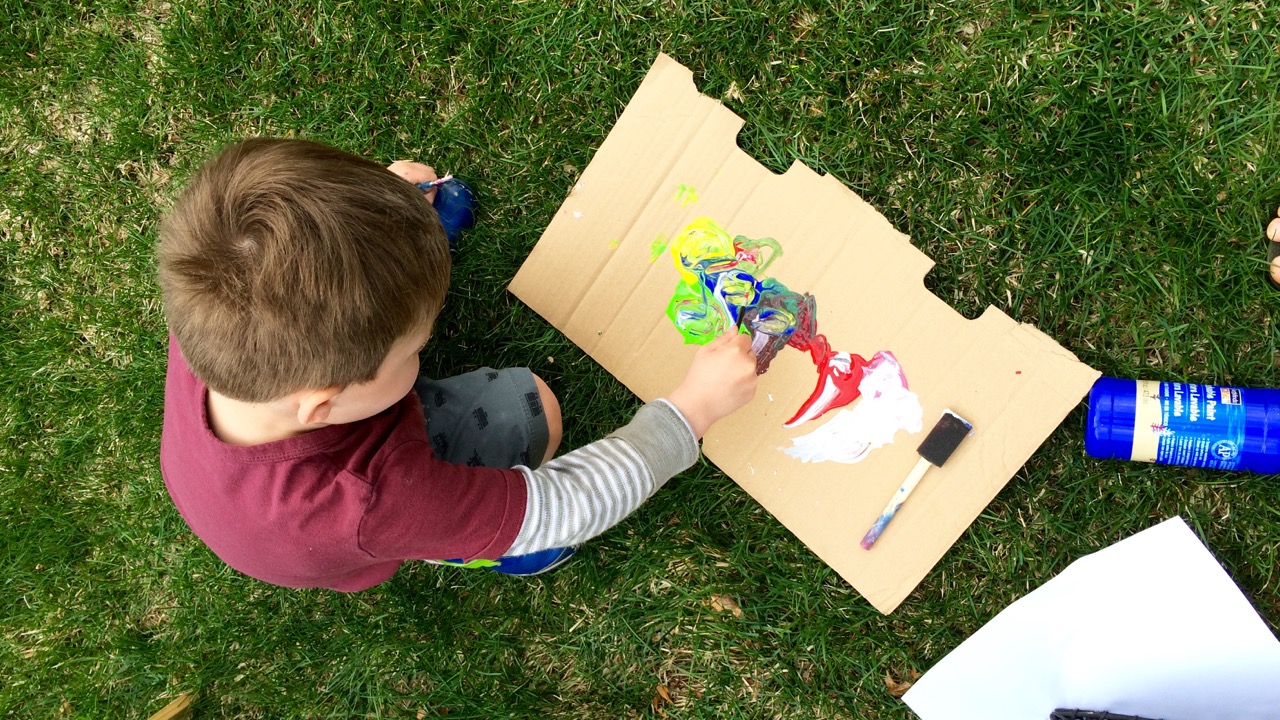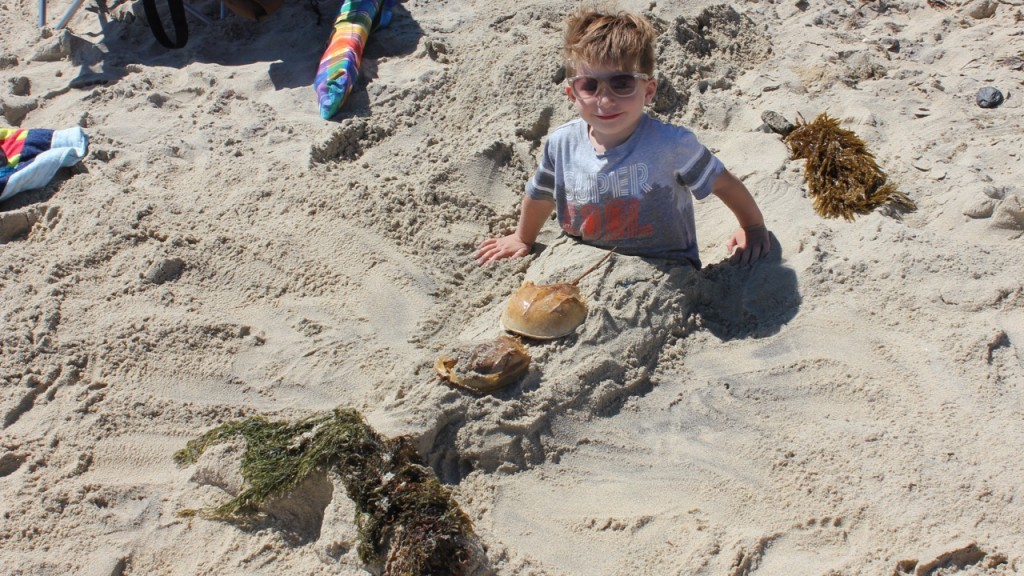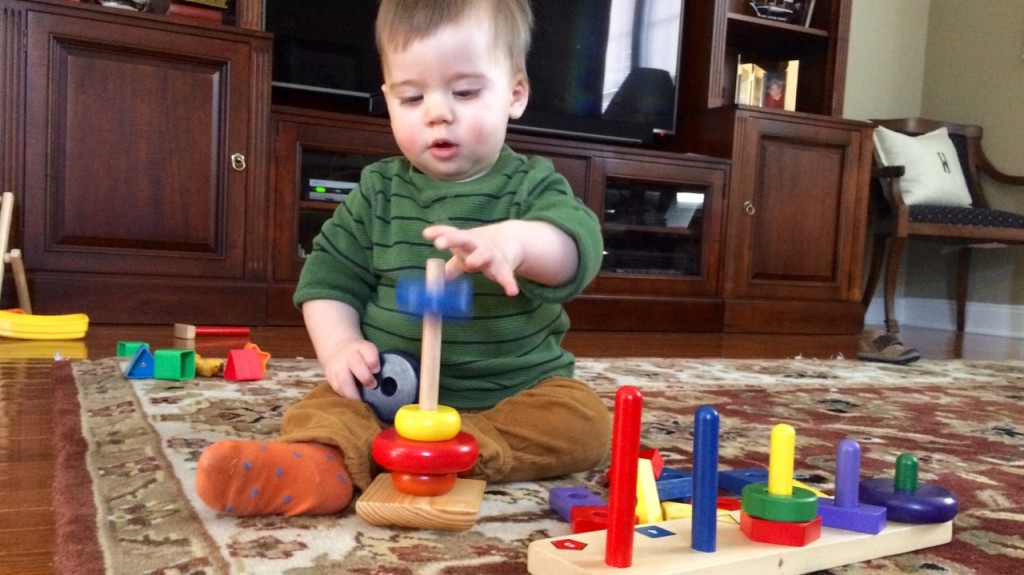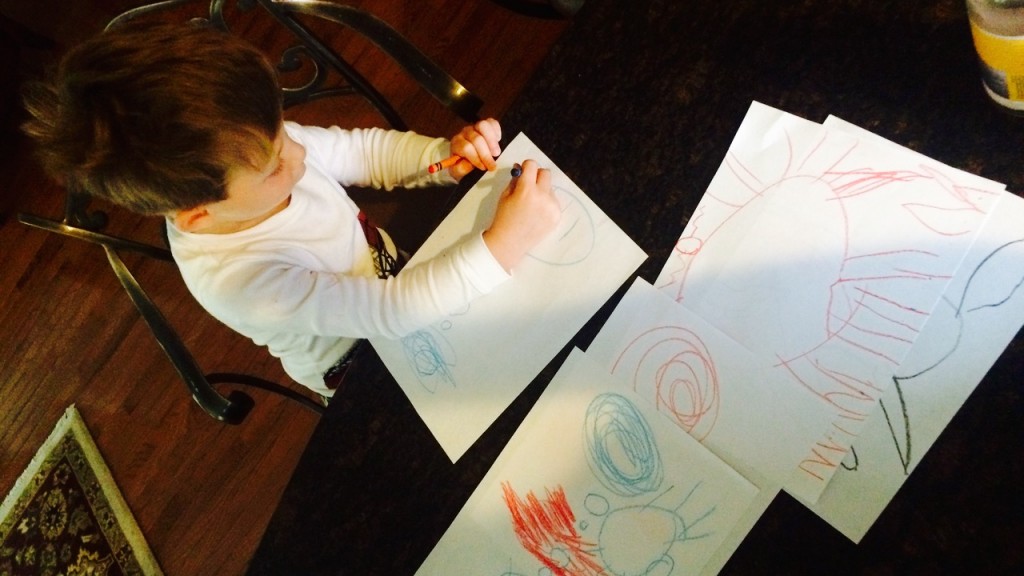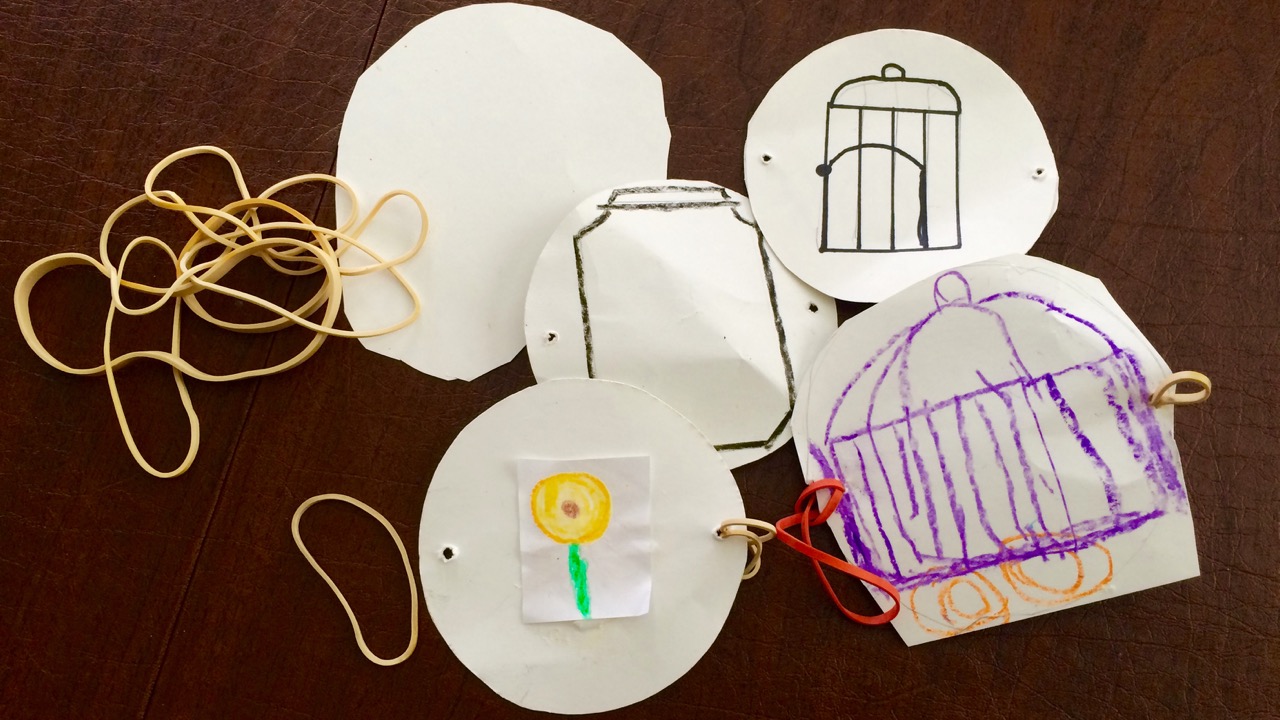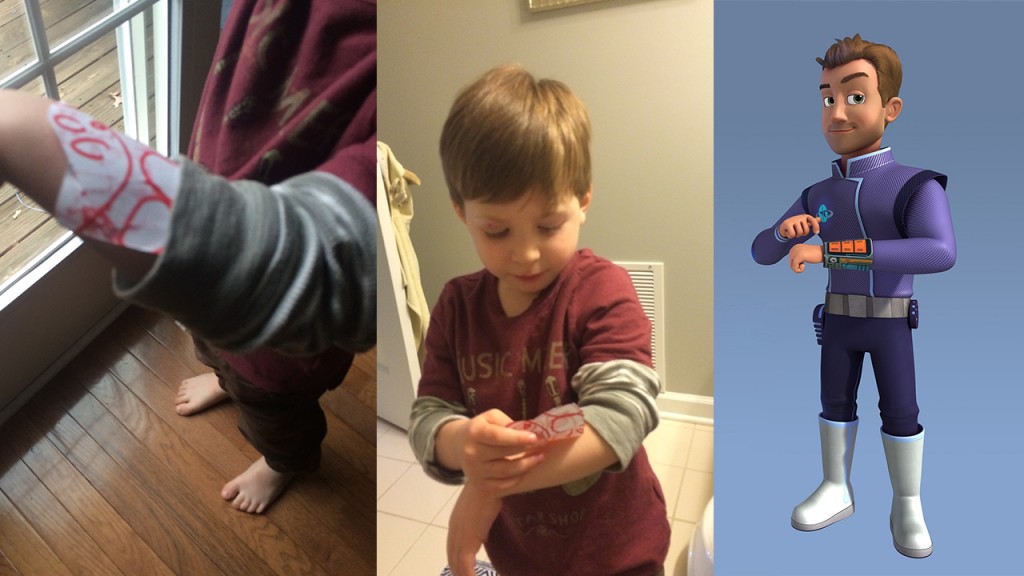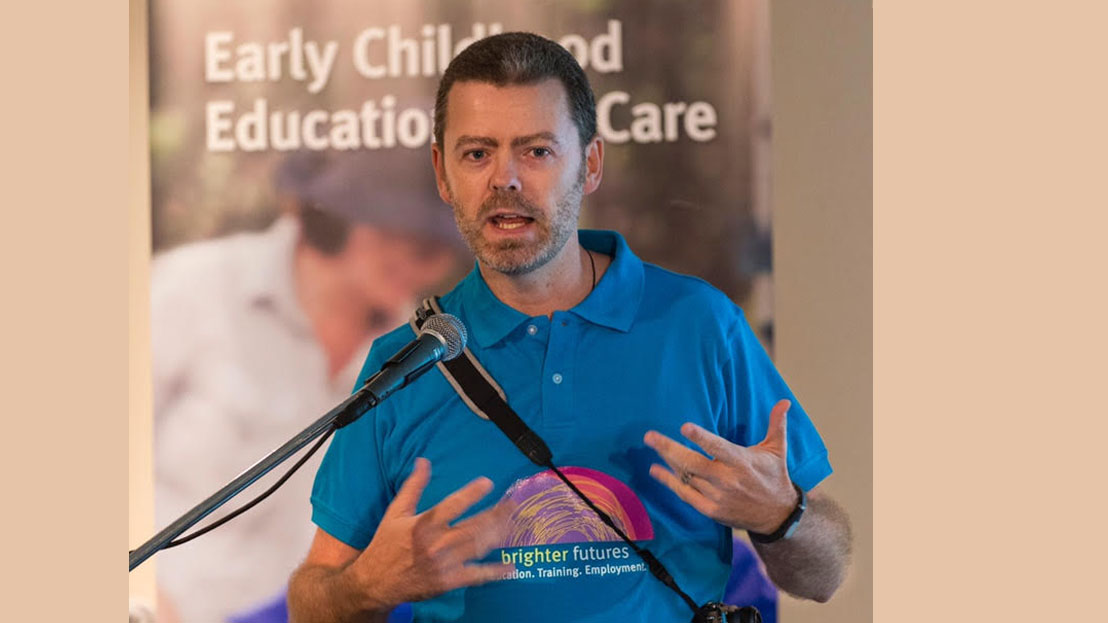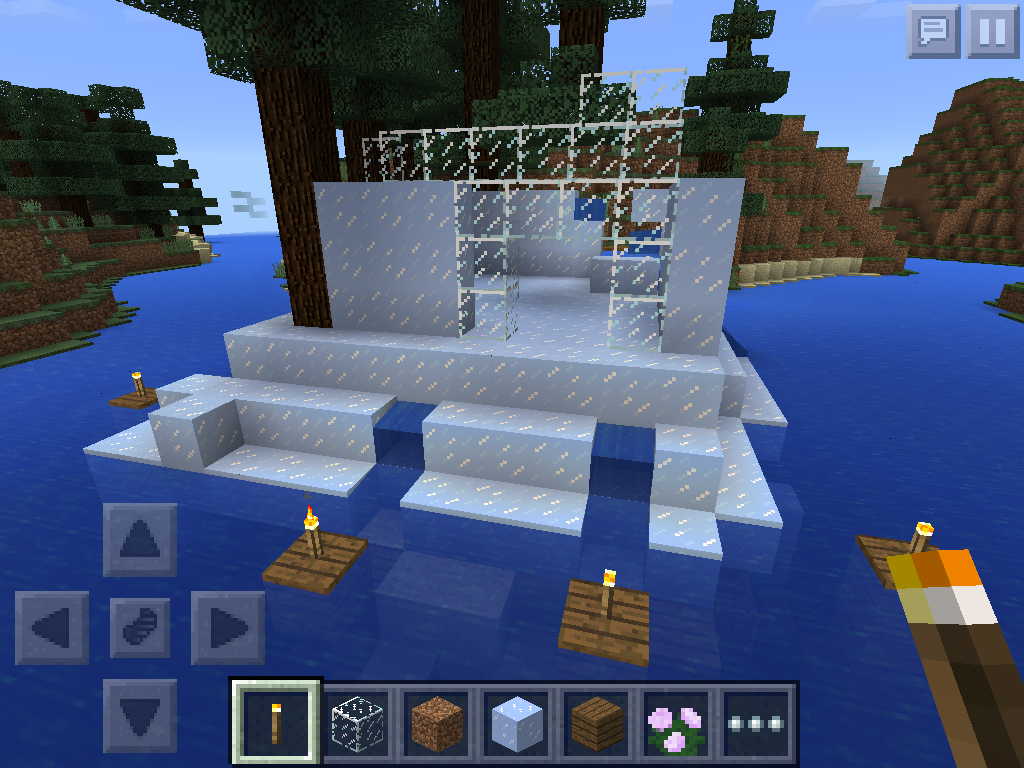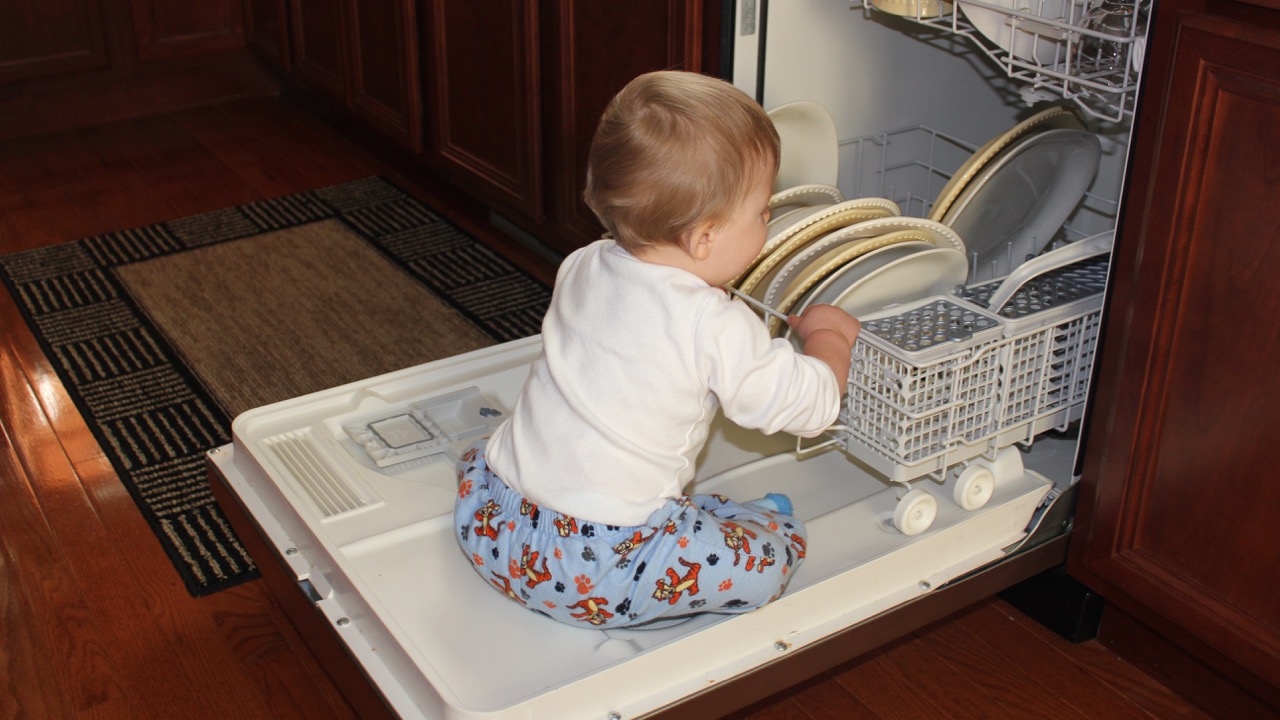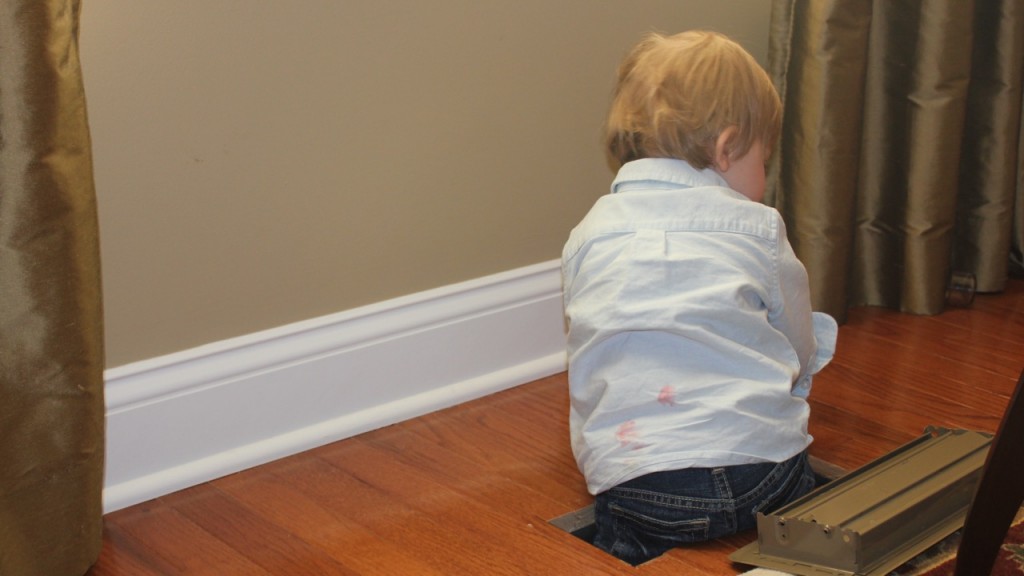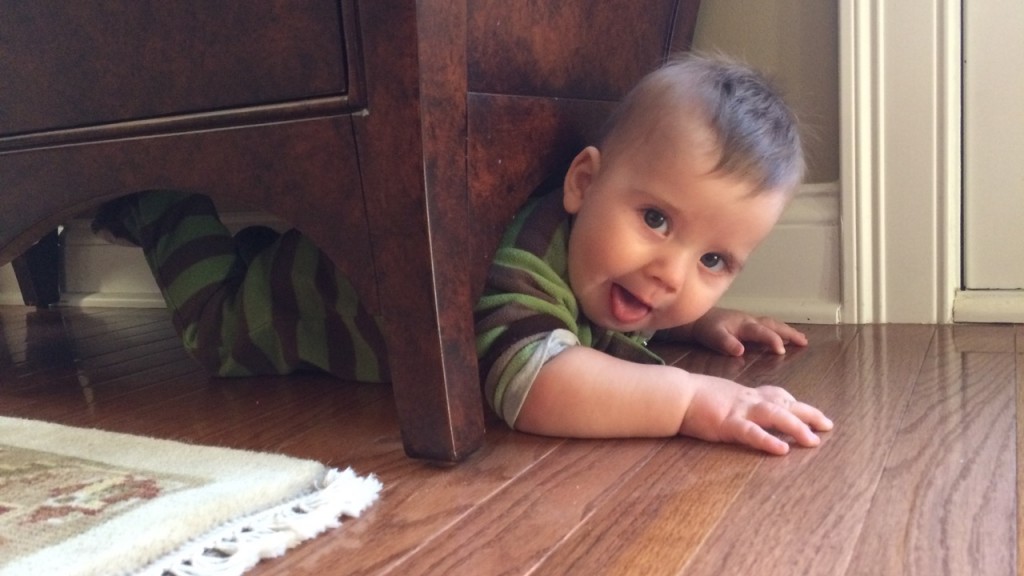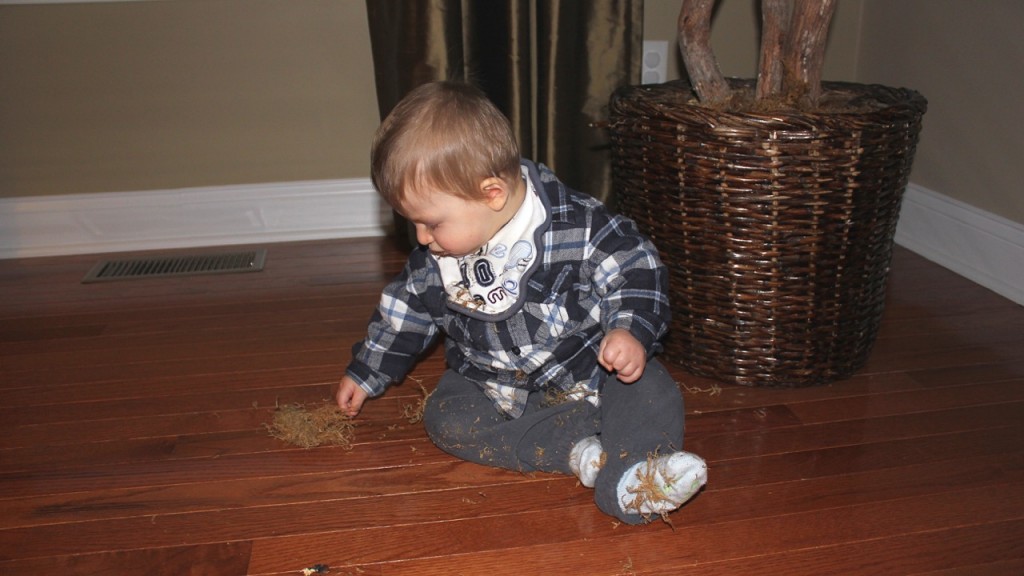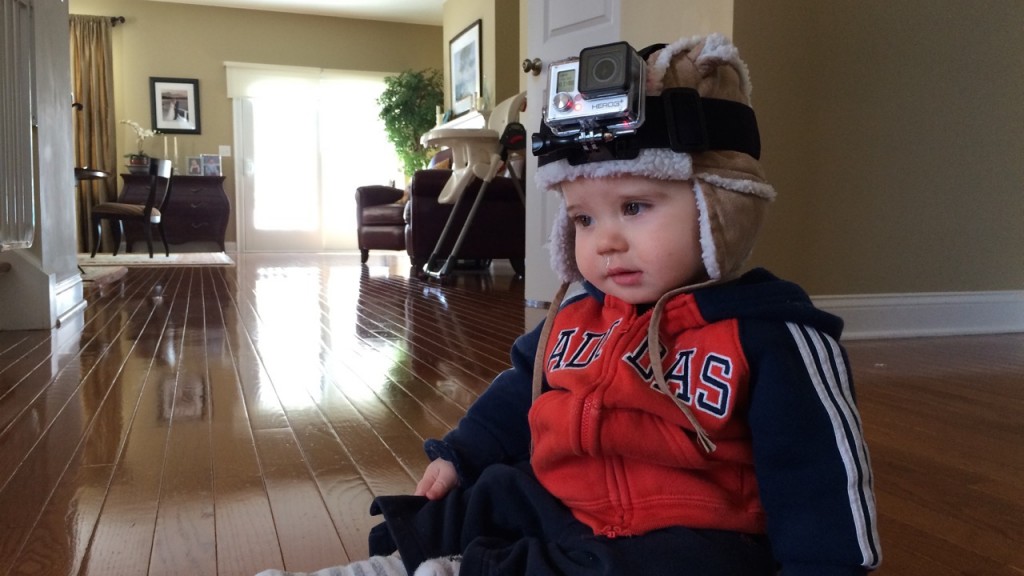Am I in danger of becoming Lord Business from the Lego Movie? Anyone seen this film? SPOILER ALERT – Based on the Lego sets, this story follows the character of Emmet, an ordinary Lego mini-figure, who has been prophesized to save the world from the evil, and I mean really evil, Lord Business – ruler of the land, and enforcer of rules that prohibit anyone from deviating from their instructions. It’s not rocket science to realize that this film is all about creativity, and how we as adult, perhaps without realizing, can hinder the imagination and creative thinking that manifests when children free play.
As this awesome film progresses we eventually morph into the real world, and quickly discover that the story we’ve seen unfold on the screen is actually a child’s imaginative play with his fathers Lego sets. Obviously the Dad is upset to see his models broken and the pieces used to make other creations that do not align to his model town, and do not really resemble anything ‘normal’. He says ‘that’s not right… this doesn’t belong here’… and I must now make a confession – I used very similar words over the weekend when my nephews invaded my house and broke one of my airplanes engines to secure parts they ‘apparently needed’ for their own model. This is where Lord Business popped his ugly head – I took back the piece and said ‘that’s not right… it doesn’t go here’. Seriously! How many times as parents have we uttered these words? Ok there are some items that have a home (I’m hearing my wife in my head right now telling me the correct shelf for the cheese) but our children, when engaged in free play, should be allowed to use any toy they want, and build anything they desire, in any way that they think works.
We’re obviously not discouraging sharing, and certainly do not condone the deliberate destruction of someone else’s creation in order to secure something for your own, but this type of free play should be about deviating from the instructions, mixing toys, and building on the imagination and there are some obvious takeaways from this observation in regard to cultivating creative thinking:
- It’s interesting to see how my nephews had very little interest in playing with my ‘correctly’ modeled airplane and instead preferred something that they had built own, suggesting that there is something about ‘their creation’ over someone else’s, that supersedes the ‘order’.
- This incident expands beyond Lego. I’ve regularly seen Lucas mix different toys as part of free play and often quote Lord Business, ‘Lucas if you’ve finished with one toy, put it back before getting another toy‘. I sometimes miss the fact that he’s using both toys in conjunction with his overall game (and this is why we see Lightening McQueen invade the world of Thomas the Tank Engine, who has just run over my favorite Lego figure).
- Interference from adults, or even structured aspects of the adult world are not wanted during this type of Free Play.
- Buying brand new Lego box sets is a waste of money. Instead, purchasing second-hand Legos via eBay is the better option, and certainly better bang for your buck – just be sure to ash them.
- And obviously us Dads will continue to buy our really cool box sets, but evidently there is a need to buy two of everything so that our children can have one of their own to brake and misuse. (Mommy please click on this link – hint hint!).
If you liked this article you might want to check out Finding your Child’s Creative Characteristics.
FREE FILM for parents and educators
We believe the first stage in counteracting the imbalance of creativity verses content, starts at home. Help us share the word on Facebook and Twitter.
Anyone who shares or contributes content via the comments below* will receive a FREE download to Creativity in Education: Exploring the Imbalance.
If you choose to comment via social media be sure to sure to include reference to @dads4creativityor share from our Facebook page. We’ll follow up with details via a private message.

